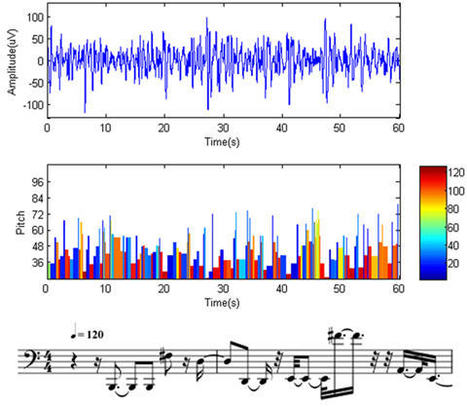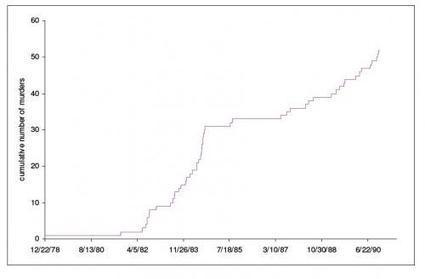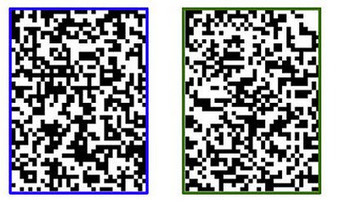New insights into the electrical patterns of the brain reveal how brain waves with rapidly increasing frequencies, like musical 'glissandi,' could help predict when a patient is going to start an epileptic seizure.
Research and publish the best content.
Get Started for FREE
Sign up with Facebook Sign up with X
I don't have a Facebook or a X account
Already have an account: Login

 Your new post is loading... Your new post is loading...
 Your new post is loading... Your new post is loading...
|
|











